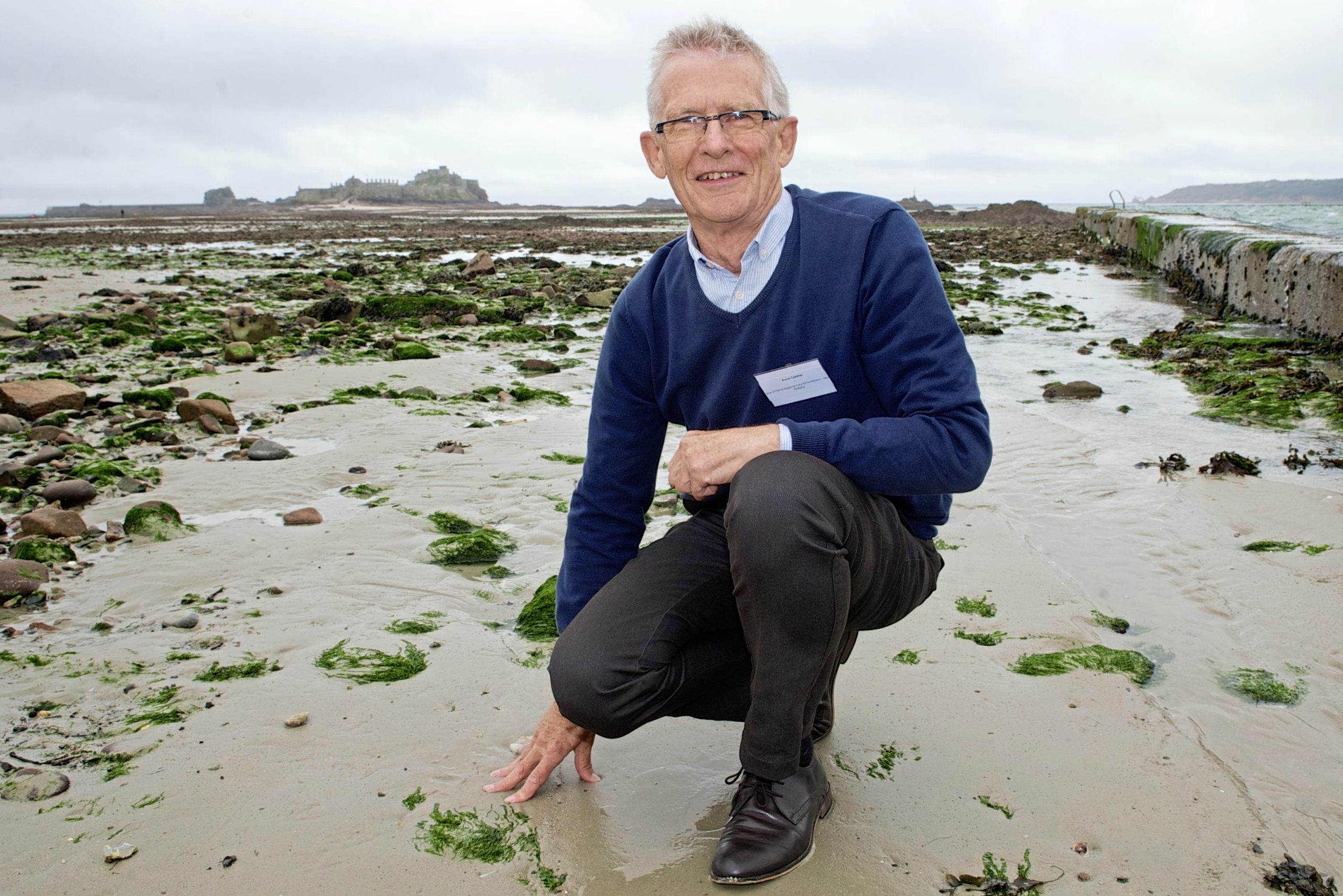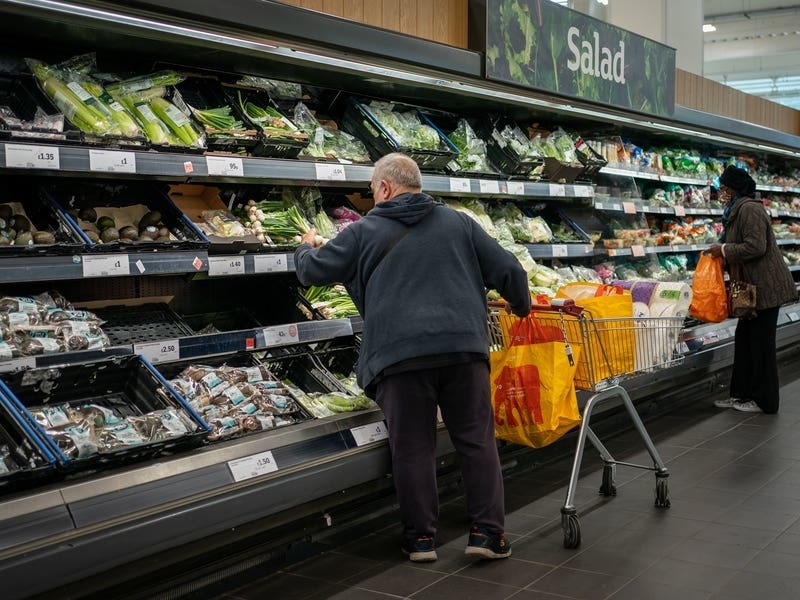Bruce Gardner, a technical adviser with the Bay of Plenty Regional Council, who has over 40 years of experience in environmental management in New Zealand, yesterday spoke about a four-pronged strategy used to manage sea lettuce in Tauranga Harbour, New Zealand.
He is one of a number of speakers taking part in the event at Grand Jersey, which was due to continue today.
The treatments used in the Bay of Plenty include ‘the clean-up method’, where the community and council collaborate in cleaning and reusing the unwanted blooms. The council also conducts research and monitoring projects throughout the year.
Such projects have, he said, cost the council around £45,000 on average each year since 2009.
According to Mr Gardner, the idea of community and council collaboration came after two ‘particularly bad years’ of sea-lettuce growth – sometimes reaching a metre in depth – in 2008 and 2009. The council then decided, he said, that ‘they could no longer put the public through this each year’.
As a result it invested in machinery called ‘barber rafts’ to gather large amounts of sea lettuce and put it through a ‘de-watering process’ that removes water from the seaweed (which is then put back into the ocean) and then turn the weed into compost.
When tested, he said, the compost was found to be ‘significantly better than the best commercial compost on the market’ in New Zealand. Initiatives to engage the community in group clean-ups on designated days were also carried out.
Mr Gardner said that both methods have been considered a success.
The type of sea lettuce found in Tuaranga is ‘Ulva lactuca’, which Mr Gardner jokingly referred to as ‘the beast’ as it can grow up to two metres in diameter.
He went on to explain that the monitoring and research projects involve checking and testing nutrient levels and their effects on the growth of blooms in the ocean, as well as the behaviour and rate of growth in ‘hot spots’ throughout the year.
That research is then combined with studying the links between growth and major climate events, as well as new ways of utilising the bloom. One idea which resulted from that work was to plant sea lettuce in orchards for potential commercial use, which is currently being trialled.
Mr Gardner ended his talk with the warning: ‘We know that climate change and rising sea temperatures are not our friends.’






